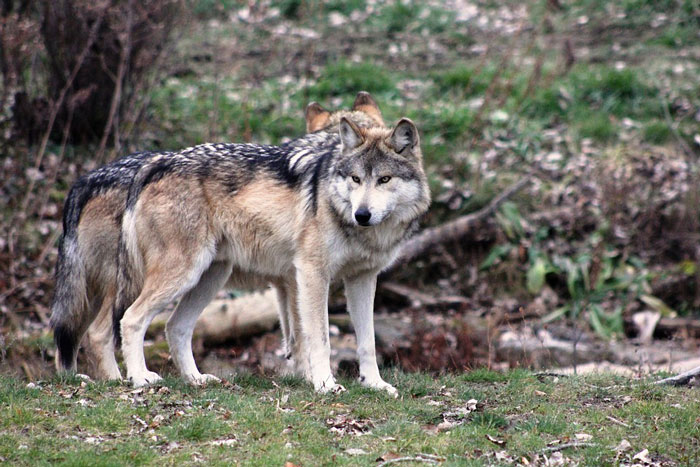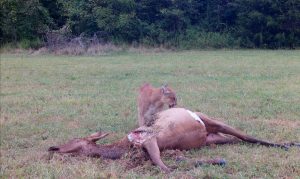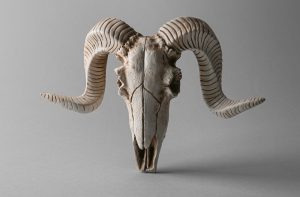OLYMPIA (RELEASE) – The Washington Department of Fish and Wildlife (WDFW) has ended efforts to remove members of a wolf pack that has shown no sign of preying on livestock in Stevens County since late July.
Responding to repeated predation by the Smackout pack on area livestock, state wildlife managers trapped and killed two members of the pack between July 20 and July 30, then suspended its operation to assess the need for further action.
Since the removal action, the department has found no evidence that wolves have preyed on area livestock, and has not taken further action against the pack, said Donny Martorello, WDFW wolf manager.
“Our goal was to change the pack’s behavior, and the break in wolf depredations on livestock is consistent with the desired outcome,” Martorello said. “We’ll continue to track the pack’s movements via GPS signals, but the removal operation is now over.”
The Smackout pack, one of 20 packs documented in Washington state last year, ranges across 350 square miles northeast of Colville. As of June, WDFW estimated the pack had 13 to 15 members, including five to seven offspring born in 2016.
The two wolves removed from the pack this summer were a 30-pound female young of the year and a 70-pound adult female.
Martorello said the department took that action after documenting four instances of predation on livestock during a 10-month period. Under WDFW’s wolf-removal protocol, that pattern of predation on calves belonging to three ranchers met the threshold for lethal removal.
All three ranchers used non-lethal methods to protect their livestock, but those precautions did not stop the ongoing predation by the pack. WDFW reinforced those efforts by deploying brightly colored flagging around pastures used by one rancher and strobe lights on private land where a calf was injured by wolves.
Even after removing two wolves, the Smackout pack is still one of the largest packs in the state, Martorello said. He said department’s action illustrates an “incremental” approach to wolf removal, which calls for an assessment period after removing – or attempting to remove – one or more animals.
“This action was consistent with the state’s Wolf Conservation and Management Plan of 2011 and the department’s current protocol,” he said. “Both policies support the recovery of wolves in our state, while also recognizing the need to address repeated predation on livestock.”
According to surveys conducted by WDFW, the state’s overall wolf population is growing at an average rate of nearly 30 percent per year.
“The pack has stayed out of trouble for eight weeks and the summer grazing season is coming to a close,” Martorello said. “If depredations resume, WDFW would revert back to the protocol to assess the time since the previous depredations and assess any further actions.”




